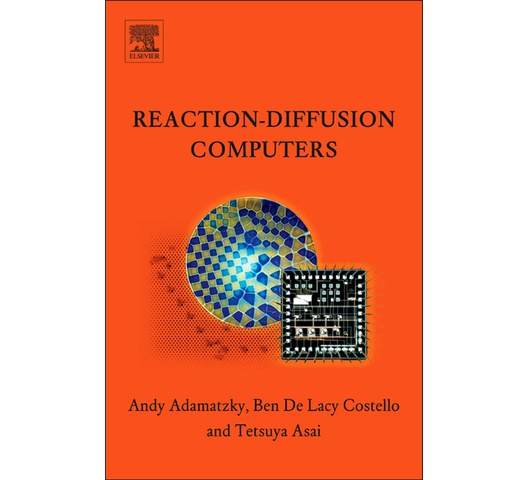
Reaction-Diffusion Computers
Key Features:
- Non-classical and fresh approach to theory of computation. - In depth exploration of novel and emerging paradigms of nature-inspired computing. - Simple to understand cellular-automata models will help readers/students to design their own computational experiments to advance ideas and concepts described in the book . - Detailed description of receipts and experimental setups of chemical laboratory reaction-diffusion processors will make the book an invaluable resource in practical studies of non-classical and nature-inspired computing architectures . - Step by step explanations of VLSI reaction-diffusion circuits will help students to design their own types of wave-based processors.
Key Features:
- Non-classical and fresh approach to theory of computation. - In depth exploration of novel and emerging paradigms of nature-inspired computing. - Simple to understand cellular-automata models will help readers/students to design their own computational experiments to advance ideas and concepts described in the book . - Detailed description of receipts and experimental setups of chemical laboratory reaction-diffusion processors will make the book an invaluable resource in practical studies of non-classical and nature-inspired computing architectures . - Step by step explanations of VLSI reaction-diffusion circuits will help students to design their own types of wave-based processors.

| UPC | 9780080461274 |
|---|---|
| Author | Adamatzky, Andrew, Costello, Benjamin De Lacy, Asai, Tetsuya |
| Pages | 348 |
| Language | English |
| Format | |
| Publisher | Elsevier Science |
| SKU | 9780080461274 |

